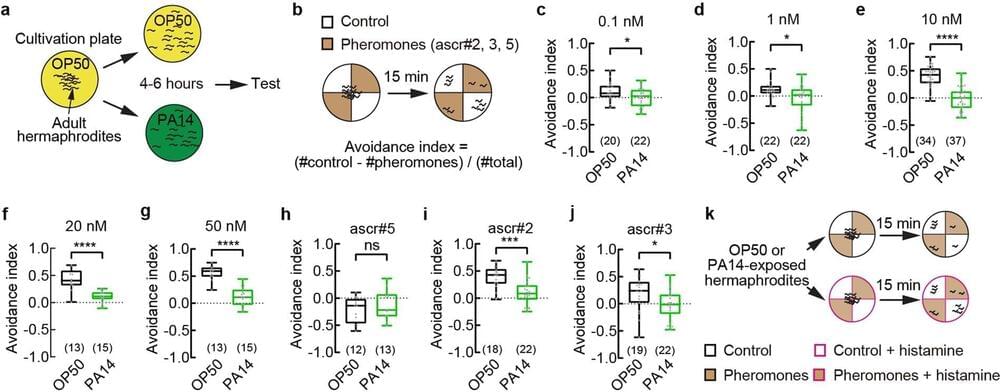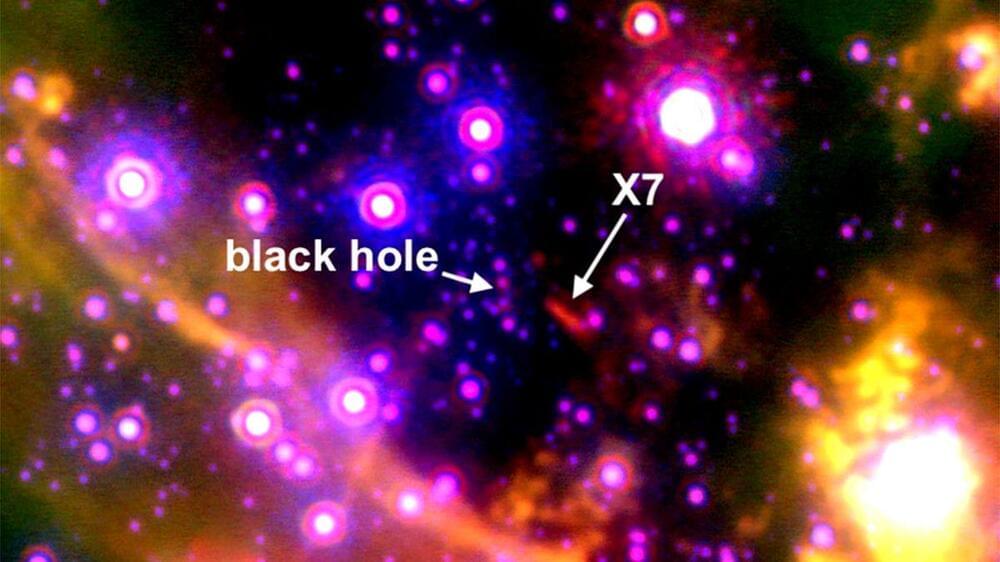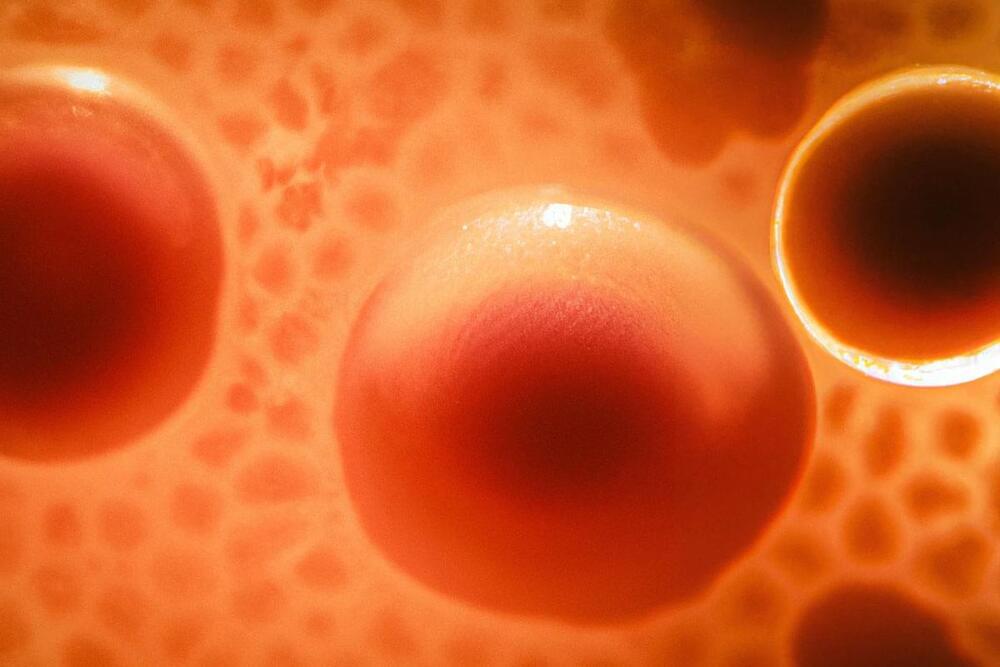Over time, clumps of dark matter began to gravitationally pull in regular matter, forming recognizable structures, such as galaxies. Galaxies, in turn, coalesced together into massive galaxy clusters that are linked across huge stretches of space by filaments of dark matter, creating what is now known as the cosmic web.
For years, scientists have speculated that magnetic fields within the cosmic web would help to produce shocks that might glow dimly in radio light. Now, for the first time, astronomers have captured this “predicted emission from the formation and growth of the large-scale structure of the Universe,” according to a recent study in Science Advances.








